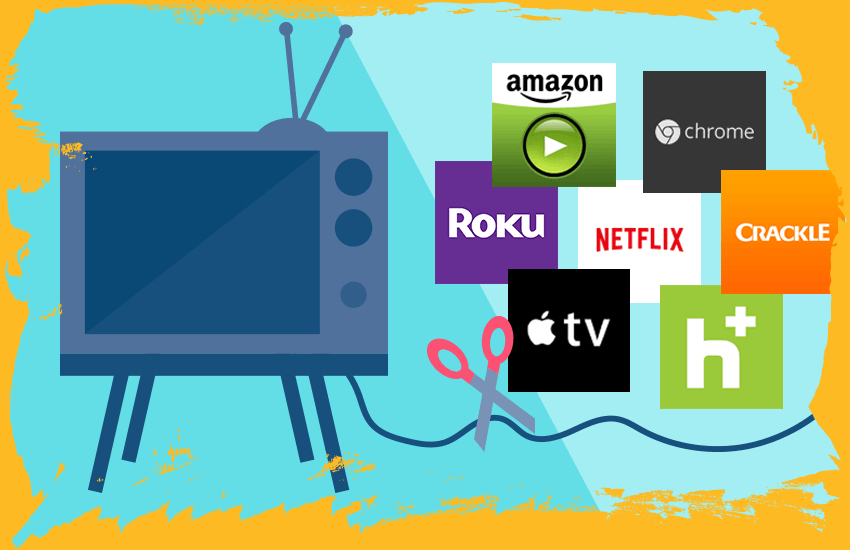The cord cutting continues. A Leichtman Research Group study finds that the largest pay-TV providers in the U.S., representing about 95% of the market, lost about 405,000 net video subscribers in the third quarter of 2017 — a big jump compared with a loss of about 250,000 subscribers in quarter three (3Q) of 2016.
The top pay-TV providers now account for 92.2 million subscribers, and breaking down the results by segment, the top six cable companies (Comcast, Charter, Altice, Mediacom, Cable ONE and one unnamed private company) lost about 290,000 video subs in 3Q 2017 — very much accelerated from the loss of about 90,000 in 3Q 2016. Together they have 48.1 million subs.

The satellite TV services (DISH Network and DirecTV) have about 32.3 million subscribers, after their biggest net losses of all time. They lost about 475,000 subs in 3Q 2017 — compared with a gain of about 5,000 a year earlier. DirecTV in particular suffered, and lost 251,000, compared to a gain of 323,000 in 3Q 2016.
Telcos meanwhile (AT&T, Frontier and Verizon) have 9.3 million subscribers between them, after losing about 180,000 video subs in 3Q 2017 — compared to a loss of about 370,000 subscribers in 3Q 2016.
The Leichtman Research Group says sreaming services Sling TV and DIRECTV NOW were a bright spot, and added about 535,000 subscribers in 3Q 2017 (compared to about 200,000 net adds in 3Q 2016) to total about 2.5 million subscribers.
“The top two Internet-delivered pay-TV services added over half a million subscribers in 3Q 2017, bringing their combined total to nearly 2.5 million subscribers, and further entrenching this newer form of delivery as part of today’s pay-TV industry,” says Bruce Leichtman, president and principal analyst for LRG. “Overall, the top pay-TV providers lost about 155,000 more subscribers in 3Q 2017 than in 3Q 2016.”
